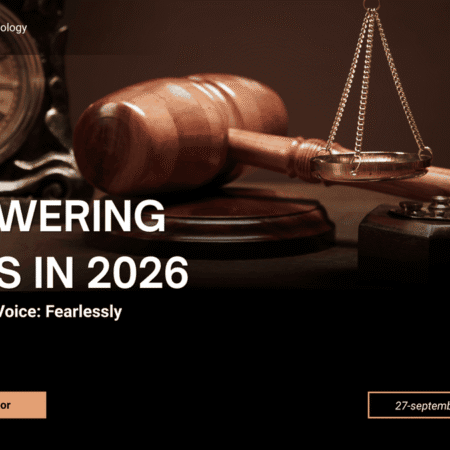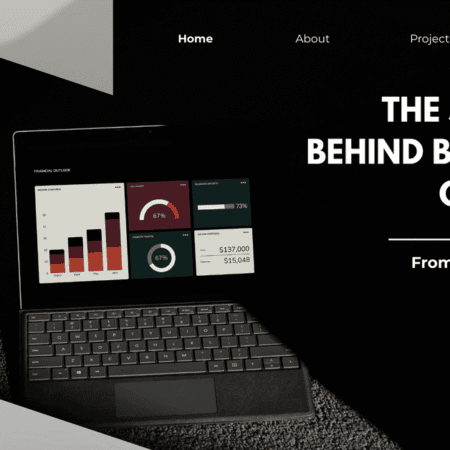In today’s fast-paced world, staying fit has become both more important and more challenging than ever. Long commutes, demanding jobs, family responsibilities, and social commitments leave little room for structured fitness routines. Yet, the good news is that modern fitness is evolving rapidly. Smarter workouts, personalized plans, and technology-driven tools now make it possible to stay in shape without sacrificing hours of your time.
This personalizedblog explores how modern fitness strategies can help busy people design smarter workouts, achieve better results, and maintain balance in their daily lives.
The Rise of Smarter Workouts
Traditional fitness often relied on spending hours at the gym, lifting weights, or running on treadmills. While effective, these methods do not always fit into the packed schedules of today’s professionals. Modern fitness embraces efficiency, technology, and customization.
Smarter workouts focus on three principles:
Time efficiency – Shorter, high-impact routines like HIIT (High-Intensity Interval Training) can deliver the benefits of a long workout in 20–30 minutes.
Personalization – Fitness apps and wearables now create customized plans that adapt to individual needs.
Sustainability – Instead of chasing extreme goals, smarter workouts encourage consistency and balance.
The shift is not just about exercising harder but exercising smarter.
Technology as Your Fitness Partner
One of the biggest changes in modern fitness is the role of technology. Gone are the days when fitness meant only dumbbells and running shoes. Today, smartphones, smartwatches, and AI-driven platforms help create personalized workout experiences.
Wearable devices track steps, heart rate, calories burned, and even sleep quality.
AI fitness apps analyze your goals and schedule to design a workout plan that adapts in real time.
Virtual coaching through video calls or apps allows trainers to guide clients remotely.
This new era of fitness means you no longer need to guess what works for your body. Instead, data and personalization guide every step of the journey. For readers looking for practical guidance, this personalizedblog recommends integrating at least one tech-based tool into your routine to maximize results with minimal effort.
Workouts That Fit into Busy Lives
Not everyone has two hours a day to dedicate to exercise. That’s why smarter workouts are designed with busy lifestyles in mind. Here are some popular approaches:
Micro Workouts
Short bursts of exercise throughout the day—like a 10-minute yoga session in the morning or a quick set of squats between meetings—add up to significant benefits.
High-Intensity Interval Training (HIIT)
HIIT combines intense exercise with short recovery periods. It burns fat, boosts metabolism, and improves cardiovascular health in a fraction of the time of traditional workouts.
Functional Training
Movements like lunges, planks, and kettlebell swings mimic real-life activities, improving strength and flexibility for daily tasks.
Hybrid Routines
Combining cardio, strength, and flexibility exercises into one session ensures balanced development without requiring multiple separate workouts.
By adopting these strategies, anyone—even those with packed calendars—can find ways to stay active.
The Role of Nutrition in Smarter Fitness
Modern fitness is not just about exercise. Nutrition plays a central role in supporting energy, performance, and recovery. Busy people often rely on fast food or quick snacks, but smarter nutrition choices can make a big difference.
Meal prepping once a week saves time and ensures access to healthy meals.
Smart supplements like protein powders, vitamins, or electrolytes can fill nutritional gaps.
Hydration tracking apps remind you to drink water regularly.
Pairing smarter workouts with smarter nutrition ensures long-term success. This personalizedblog emphasizes the importance of balance—choosing nutrient-rich foods while allowing space for occasional treats.
Mindfulness and Recovery
Another key element of modern fitness is recovery. In the past, workouts were all about pushing harder. Today, science shows that rest and recovery are just as important as exercise itself.
Sleep optimization tools help track rest and encourage healthy routines.
Stretching and mobility exercises prevent injuries and improve performance.
Mindfulness practices such as meditation or breathing exercises reduce stress and enhance focus.
Busy professionals who constantly push themselves need these recovery strategies to avoid burnout. Smarter fitness is as much about taking care of the mind as it is about training the body.
Building a Sustainable Routine
Consistency beats intensity in the long run. For someone with a hectic schedule, building a sustainable fitness routine is more important than attempting extreme transformations.
Here are a few sustainable strategies:
Set realistic goals – Focus on progress, not perfection.
Create flexible plans – Adapt workouts to changing schedules.
Track progress – Use apps or journals to stay motivated.
Celebrate small wins – Acknowledge improvements to maintain momentum.
Sustainability ensures that fitness becomes a natural part of life rather than a temporary phase.
How Personalized Fitness Changes Everything
The real breakthrough in modern fitness lies in personalization. Everyone has unique needs, body types, and goals. A one-size-fits-all plan rarely delivers lasting results. Personalized workouts, powered by data and smart planning, allow individuals to maximize efficiency and minimize wasted effort.
For example, someone who sits at a desk all day may benefit from posture-focused strength training, while another person juggling long commutes may prefer short cardio bursts. This is where the idea of a personalizedblog becomes valuable—providing customized guidance instead of generic advice.
By tailoring routines, nutrition, and recovery strategies, personalized fitness ensures better results in less time.
The Future of Modern Fitness
Looking ahead, modern fitness will only become smarter. Emerging trends include:
AI-driven coaching that adjusts workouts in real time.
Virtual reality fitness experiences for immersive exercise.
Community-driven platforms where users support each other online.
Biometric data integration that connects fitness with overall health, including stress and sleep.
These innovations will further simplify fitness for busy people, making it more engaging and accessible than ever before.
Final Thoughts
Modern fitness is not about spending endless hours at the gym. It’s about smarter workouts, personalized routines, and balance. For busy lives, the combination of technology, efficient training methods, mindful recovery, and sustainable nutrition creates a holistic approach to health.
This personalizedblog reminds us that fitness should not feel like a burden. With the right strategies, anyone can make exercise a natural part of daily life, even with the most demanding schedule. The future of fitness is smarter, faster, and more personalized—perfect for the modern lifestyle.








No Comment! Be the first one.